You hardly need to head far out of Perth to start experiencing the wonders of WA’s world-class wildflowers and some of their unusual behaviours too.
A keen amateur botanist, Walsh knew what had been found was something unique and called the WA Herbarium.
“She sent me a picture asking, ‘What on earth is it?’,” says botanist Rob Davis of the WA Herbarium.
“She brought some plants down in a bucket of water and drove them down for us, so she really went above and beyond. Once we saw them we knew they had to be a new species.
“It turned out to be a quite an unusual one in the sense that there had been none of that particular group of plants found anywhere near there,” he said.
“That was a great discovery.”
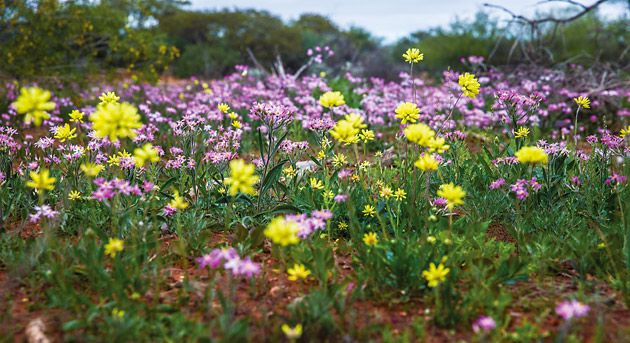
“Quite often you discover things when you examine them under a microscope and find things that make it different, like hairs or different coloured shapes on the flower.
“When you see something in the field and know instantly, that’s the real delightful moment. It’s sheer euphoria,” he says.
“The richness in some areas is incredible.“You can stop at the side of the road and within that 10m square area you can see maybe up to 60 species,” says Davis.
“In our south, the Fitzgerald River National Park alone contains more species of flowers than the entire UK,” says Davis.
“You could travel around the south west for years and still not see every species of orchid.”
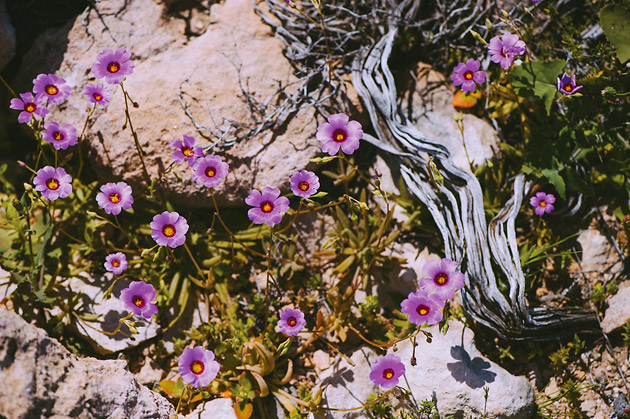
“Everlastings are just a small component of the landscape view,” says Davis.
Here’s a list of some of Davis’s favourite wildflowers, from the rare to the unusual. If you spot something you’ve never seen before, “please take a photograph and send it to us at the WA Herbarium,” says Davis.
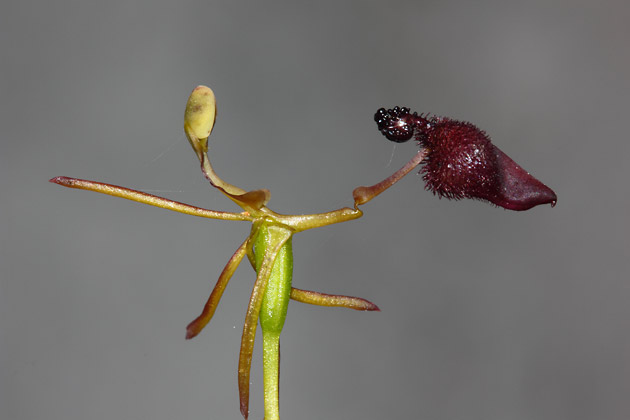
The tricky Drakaea glyptodon is as seductive and deceptive as they come. Its enticing pheromone-like scent lures flying male thynnine wasps to mate with it in order to pollinate itself. The male wasps believe the flower itself is the flightless female wasp, and the momentum of the male trying to fly off with the female causes the reproductive parts of both wasp and orchid to come into contact. The flower’s perfume is so powerful that it even causes fights, with wasps scrambling over each other to mate with the false female.
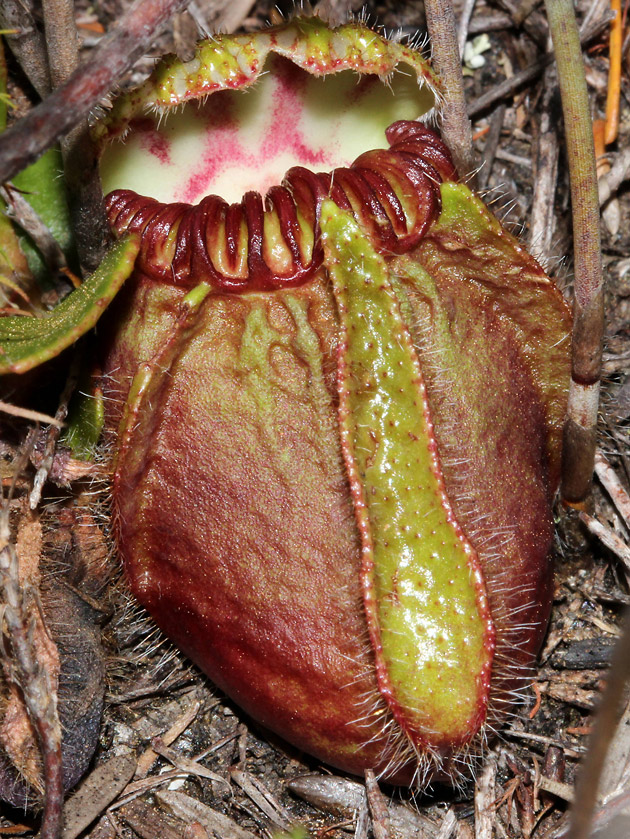
The Cephalotus follicularis, or Albany Pitcher Plant, is a curious plant found in the South West that is insectivorous in nature. That is, this little harmless-looking flower eats small insects to keep itself alive. Its name stems from the shape of the leaf, which has been modified to form a pitcher and a lid above. The plant produces an odour to lure insects to its deadly trap, where they crawl inside then slide into an enzyme that dissolves and absorbs them.
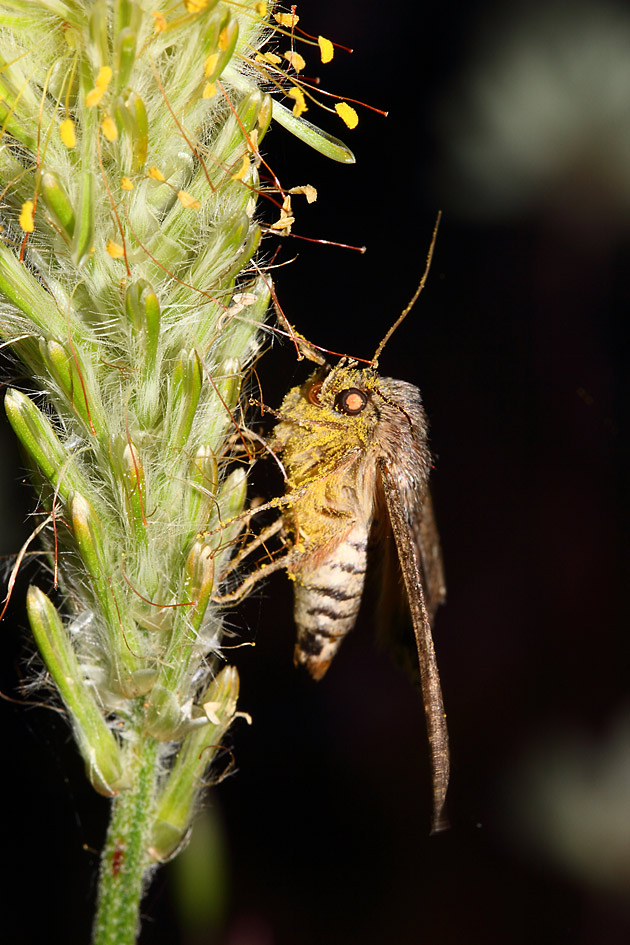
Enthusiastic wildflower spotters can stay up late to watch the Ptilotus polystachyus flowers open in the dark. It was only recently discovered that this fairly common plant flowered at night, and keen night-owls can witness the sweetly-scented flowers bloom after the sun goes down. Moths are commonly found landing at the base of the flower, which is coated with pollen, before making their way up the stalk to, presumably, pollinate older flowers. Once near the top, they probe the ring of open flowers for nectar and drink.
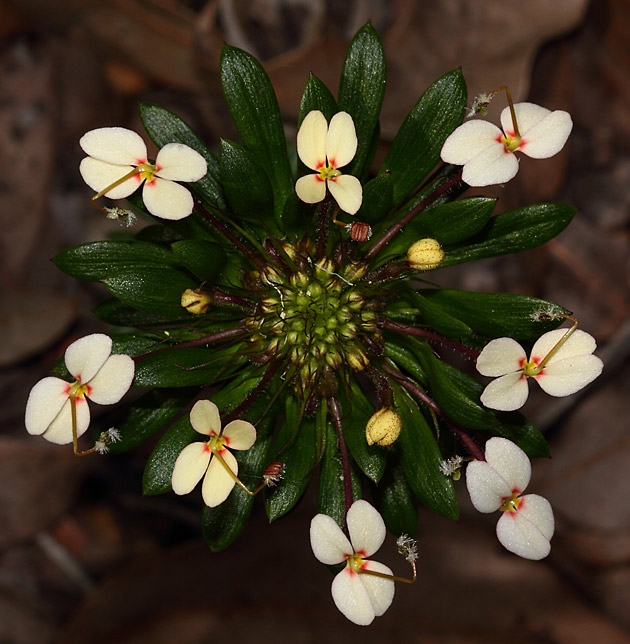
For the unsuspecting insect, Stylidiums, also known as Trigger Plants, can prove a startling encounter. As soon as an insect lands in the centre of the flower, the touch-responsive plant reacts dramatically as if to shoo the bug away. The plants have four petals with a ‘style’ (the stalk that connects the stigma to the ovary) that’s on a trigger system. When an insect lands in the zone the tightly-coiled trigger snaps forward to knock the insect away from the flower, coating the insect in its pollen. These The plants pollinate through this sensitive trigger, which acts as both male and female reproductive organs.
Few and far between
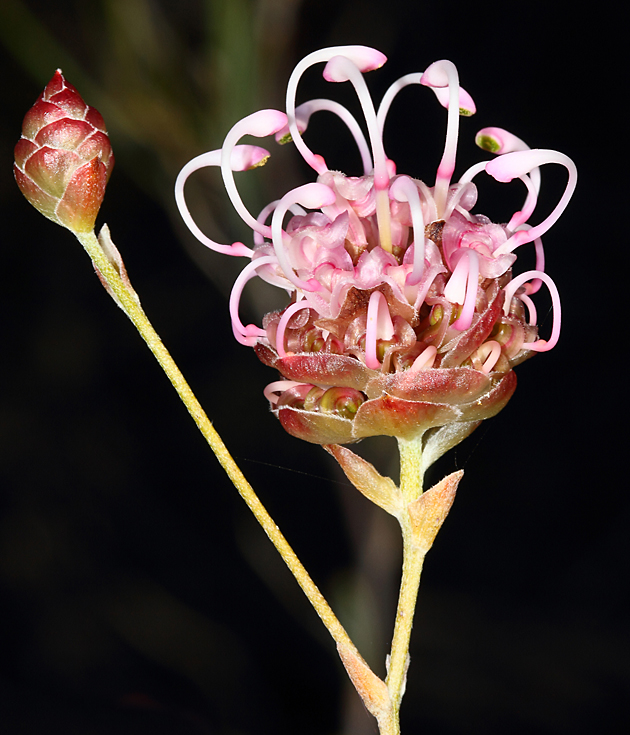
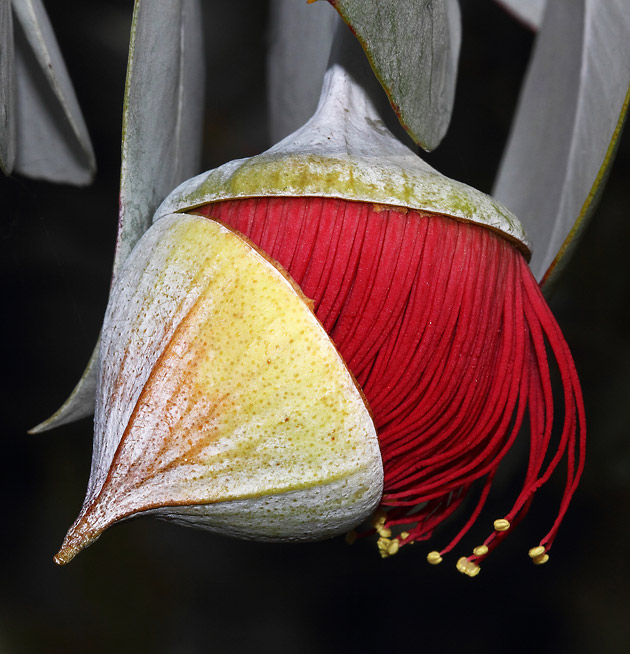
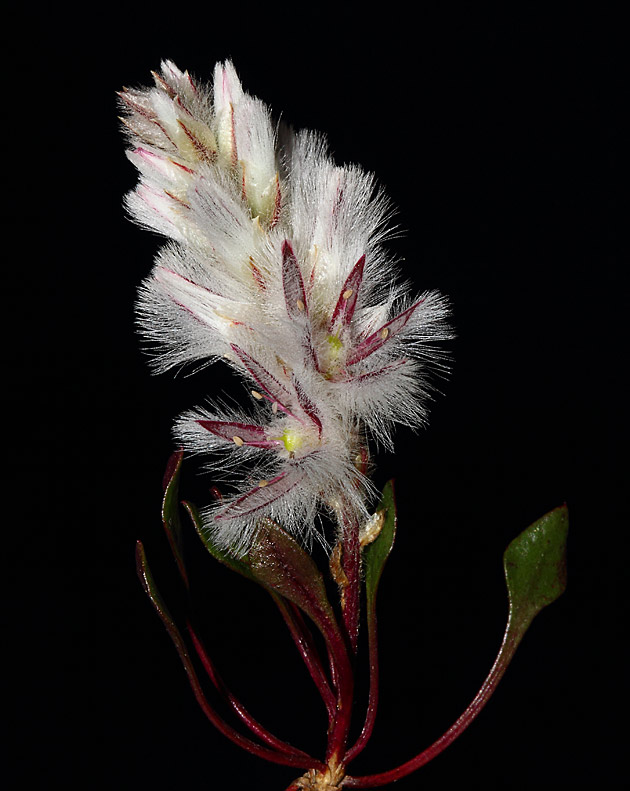
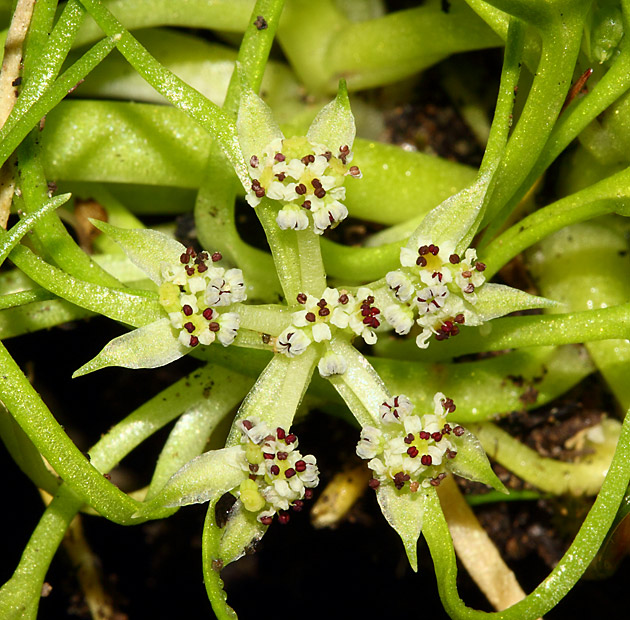
The rare Brachyscias verecundus is a small annual that only reaches a few centimetres high. It has pale green cross-shaped flowers seen in late spring and occurs in a couple of populations in the Northcliffe area. A fire-stimulated species, it only appears a couple of years after a fire, after which the seed lays dormant in the soil until the next blaze. Verecundus is Latin for modest or shy, which refers to its size and as it’s only seen after a fire. Brachyscias verecundus belongs to the same family as celery and carrots.
1 June, 2017
